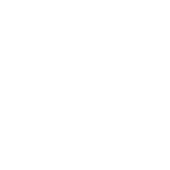
|
Kimono (detail), Taisho period, 1912-1926, Japanese, cotton cloth with indigo dye (shibori), 53 1/8 x 42 1/8 in., Seattle Art Museum, Gift of the Christensen Fund. 2001.571. © Seattle Art Museum, Photo: Natali Wiseman.
|
|
 |
MOOD INDIGO: TEXTILES FROM AROUND THE WORLD
9/4/2016-9/10/2016
SAM’s global textile collection—and a contemporary immersive installation with sound—tells the story of a color that surrounds us
|

|
Posted 10 May 2016
|
Share this:
|
|
The Asian Art Museum presents Mood Indigo: Textiles From Around the World, honoring the unique ability of the color blue to create many moods in cloth. The exhibition of over 100 works is drawn primarily from SAM’s global textile collection, including a set of tapestries from Belgium, a silk court robe from China, a vast array of kimonos from Japan, resist-dyed cloths from Indonesia and Africa, and ancient fragments from Peru and Egypt. These historical pieces are accompanied by an immersive installation by contemporary artist Rowland Ricketts that includes interactive sounds of indigo by artist Norbert Herber.
|
|
|
|
|

|

|

|
Indigo is a familiar thread throughout textile history, making it a natural focus for this, the first exhibition of textiles from the SAM collection since Patterns of Fiber in 1980. The galleries will take the viewer on a journey through the historic scope and multiple meanings of indigo. A quilt-like stuffed kimono and futonji (bedding covers), along with two contemporary American quilts, will explore the art of sleeping.
|
|
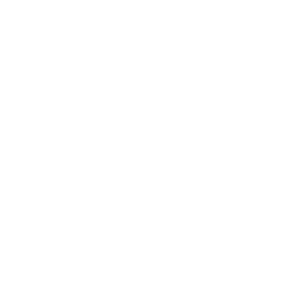
Tapestry: Asia, late 17th century, Jacob van der Borcht, Flemish, wool, 155 7/8 x 155 7/8 in., Gift of the Hearst Foundation, Inc.
|
|
|
|
|
|
|
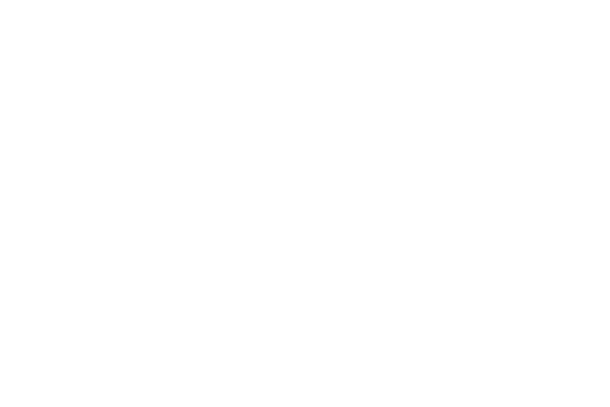
Qifu (dragon robe), 1860s - 70s, Chinese, silk cloth with embroidery (satin stitch and couching with gold thread), 87 1/8 x 54 1/8in., Seattle Asian Art Museum, Gift of Elisabeth Taber Bottler. 90.2.
|
|
|

|

|

|

|

|
|
|
Child’s kimono, late 19th – early 20th century, Meiji period, 1868-1912, silk cloth (katazome), 28 3/4 x 32 1/2 in., Seattle Art Museum, Gift of the Christensen Fund. 2001.640.
|
|
|
|
|
Kimono, early 20th century, Taisho period, 1912-1926, Japanese, cotton cloth with indigo dye (shibori), 58 3/4 x 49 1/4 in., Gift of the Christensen Fund.
|
|
|
|
|
Kimono, late 19th - early 20th century, Meiji period, 1868-1912 or Taisho period, 1912-1926, Japanese, asa cloth with indigo dye (katazome), 62 1/8 x 49 3/4 in., Gift of the Christensen Fund. 2001.609
|
|
|

|

|

|
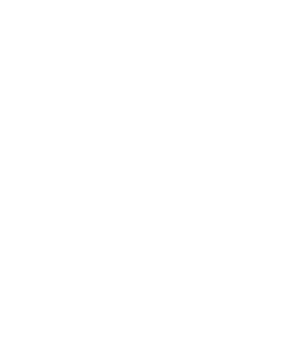
Bedding cover (futonji), 19th century, Meiji period, 1868-1912, Japanese, cotton cloth (tsutsugaki), 70 3/4 x 65 3/4 in., Gift of the Christensen Fund.
|
|
Above all, natural indigo is considered to be a demanding dye. Its unique chemistry requires mastering an elusive sequence of steps to make a temperamental infusion work. Some Japanese dyers caution that maintaining an indigo bath is as difficult as raising a child, and that success is not a matter of capability, but of personal humility. An indigo vat is treated as if it has a personality of its own, needing nutrients such as rice wine, honey, or rice bran to flower. It is said that when one feels unhappy, the indigo mirrors displeasure and refuses to behave.
|
|
|

|

|

|

|

|
|
|
Kimono, early 20th century, Taisho period, 1912-1926, Japanese, cotton cloth with indigo dye (shibori), 57 1/4 x 47 in., Seattle Art Museum, Gift of the Christensen Fund. 2001.470.
|
|
|
|
|
Fireman's coat, 19th century, late Edo period, 1603-1868, Japanese, cotton cloth with indigo dye (sashiko), 38 3/4 x 47 3/4 in., Seattle Art Museum, Gift of the Christensen Fund. 2001.409.
|
|
|
|
|
Fireman’s hat (kaji zukin), 19th century, Japanese, cotton cloth with tsuttsugaki, indigo dye, and sashiko, 21 x 21 1/2 in., Gift of Virginia and Bagley Wright, 89.164.
|
|
|
|

|

|

|
“Mood Indigo invites reflection on the natural prevalence of blue, this color that you see every day,” says Pamela McClusky, SAM’s Curator of Art of Africa and Oceania. “Blue sets a tone; it can conjure up states of melancholy, expressions of vitality, or the mystique of unknown depths. And the dedication required in working with this very unassuming-looking plant to make this incredible dye tells its own story: that of the importance of being in close alignment with the natural world.”
|
|
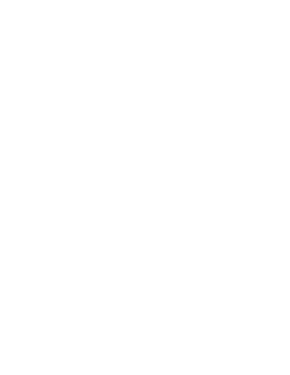
Basinjom mask and gown, Ejagham, cloth, wood, feathers, porcupine quills, mirrors, herbs, raffia, cowrie shells, rattle, eggshell, knife, and genet cat skin, 34 1/4 x 17 11/16 x 19 11/16 in., Gift of Katherine White and the Boeing Company. Photo: Paul Macapia.
|
|
|
|

|

|

|
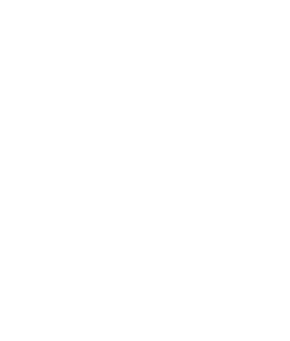
Wrapping cloth (furoshiki), 19th century, Meiji period, 1868-1912, Japanese, cotton cloth (tsutsugaki), 61 x 52 3/4 in., Gift of the Christensen Fund.
|
|
This exhibition represents a collaboration among SAM curators and conservators, which reflects the ubiquity of indigo’s use across cultures. To put Mood Indigo together, lead curator Pamela McClusky, SAM’s Curator of Art of Africa and Oceania, worked with Barbara Brotherton, Curator of Native American Art; Ping Foong, Foster Foundation Curator of Chinese Art; Chiyo Ishikawa, Deputy Director and Curator for European Paintings; Xiaojin Wu, Curator of Japanese and Korean Art; and Blakemore Intern Lisa Mothersbaugh. Great efforts to coordinate preparation of the Belgian tapestries were led by Nicholas Dorman, SAM’s Chief Conservator.
|
|
|
|
|
|
RELATED PROGRAMS AND EVENTS
April 1
First Friday Lecture
Asian Art Museum
SAM's Curator of African and Oceanic Art, Pamela McClusky, discusses the exhibition Mood Indigo: Textiles from Around the World. Admission to SAM's collection galleries is free to adults over the age of 62 on the First Friday of every month. For other visitors, this lecture is free with museum admission.
April 8
Immaterial Aspects of Indigo
Asian Art Museum
Celebrate the opening of Mood Indigo: Textiles From Around the World with a conversation with textile artist Rowland Ricketts and collaborator Norbert Herber. As a sound artist, Herber's work combined with Ricketts' reveals the immaterial aspects of indigo. Ricketts' installation in Mood Indigo shows the process of transforming the indigo plant into a dye widely used across cultures and time periods in the creation of textiles both functional and beautiful. Learning as an apprentice in Japan, Ricketts utilizes natural dyes and historical processes to create contemporary textiles that span art and design. The museum will be open until 10 pm. Free with RSVP.
May 7
Free First Saturday
Asian Art Museum
Create your own dyed creation inspired by Mood Indigo: Textiles From Around the World.
May 20
Art Globally: Indigo Workshop
Asian Art Museum
Visit the exhibition Mood Indigo: Textiles from Around the World with textile expert David Paly and get your hands on additional hand-dyed indigo textiles. Come in your own indigo! Drinks and refreshments included. Tickets: $15; SAM members $10
July 15, 22, and 29
Outdoor Film Series
Volunteer Park Amphitheater
This popular outdoor film series returns with three evenings of live music and film screenings inspired by the exhibition Mood Indigo: Textiles from Around the World. Free admission.
July 15: Blues with Son Jack Jr. and Goyokin (1969), an atmospheric film set in Northern Japan about samurai and villagers in heavy snow and rough waters. Considered part of the ‘anti-samurai’ genre, it questions ideas of loyalty and honor at the end of the era. Director Hideo Gosha, 124 min.
July 22: African music with Comfort Food and Blue Rain with a Little Red in It (Akounak Tedalat Taha Tazoughai) (2015). Musician Mdou Moctar stars in this Saharan version of Purple Rain filmed in Niger, as he takes on the other singers and electric guitarists of the “desert blues” scene. Director Christopher Kirkley, 75 mins.
July 29: Music and film TBA.
September 10 & 11
Workshop: Hand Papermaking of the Islamic World
Asian Art Museum
Book artist and papermaker Radha Pandey teaches methods of making the smooth paper of Islamic tradition, including dyeing the sheets with indigo. Tickets: $175, students/seniors $160, SAM members $150

|

|

|

|

|
|
|
Installation view of Mobile Section at the Asian Art Museum, 2015, Rowland Ricketts, American, b. 1971, and Norbert Herber, American, b. 1973, cloth, indigo, and sound, 138 × 369 in., Courtesy of Rowland Ricketts and Norbert Herber. © Seattle Art Museum, Photo: Natali Wiseman.
|
|
|
|
|
Installation view of Mobile Section at the Asian Art Museum, 2015, Rowland Ricketts, American, b. 1971, and Norbert Herber, American, b. 1973, cloth, indigo, and sound, 138 × 369 in., Courtesy of Rowland Ricketts and Norbert Herber. © Seattle Art Museum, Photo: Natali Wiseman.
|
|
|
|
|
Installation view of Mobile Section (detail) at the Asian Art Museum, 2015, Rowland Ricketts, American, b. 1971, and Norbert Herber, American, b. 1973, cloth, indigo, and sound, 138 × 369 in. © Seattle Art Museum, Photo: Natali Wiseman.
|
|
|

|

|

|
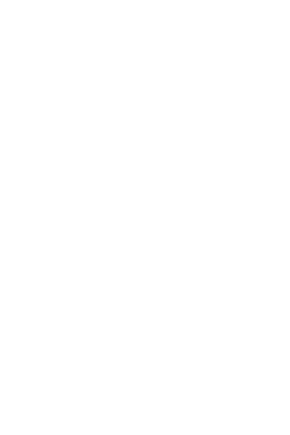
Installation view of Mobile Section at the Asian Art Museum, 2015, Rowland Ricketts, American, b. 1971, and Norbert Herber, American, b. 1973, cloth, indigo, and sound, 138 × 369 in., Courtesy of Rowland Ricketts and Norbert Herber. © Seattle Art Museum, Photo: Natali Wiseman.
|
|
ABOUT SEATTLE ART MUSEUM
As the leading visual art institution in the Pacific Northwest, SAM draws on its global collections, powerful exhibitions, and dynamic programs to provide unique educational resources benefiting the Seattle region, the Pacific Northwest, and beyond. SAM was founded in 1933 with a focus on Asian art. By the late 1980s the museum had outgrown its original home, and in 1991 a new 155,000-square-foot downtown building, designed by Robert Venturi, Scott Brown & Associates, opened to the public. The 1933 building was renovated and reopened as the Asian Art Museum. SAM’s desire to further serve its community was realized in 2007 with the opening of two stunning new facilities: the nine-acre Olympic Sculpture Park (designed by Weiss/Manfredi Architects)—a “museum without walls,” free and open to all—and the Allied Works Architecture designed 118,000-square-foot expansion of its main, downtown location, including 232,000 square feet of additional space built for future expansion.
From a strong foundation of Asian art to noteworthy collections of African and Oceanic art, Northwest Coast Native American art, European and American art, and modern and contemporary art, the strength of SAM’s collection of more than 25,000 objects lies in its diversity of media, cultures and time periods.
See the Agenda>
SEATTLE ART MUSEUM
1300 FIRST AVE SEATTLE, WA 98101
+1 (206) 654-3100 & TTY 206.654.3137
http://www.seattleartmuseum.org
|
|
|
|
|
|
|

Installation view of Mobile Section at the Asian Art Museum, 2015, Rowland Ricketts, American, b. 1971, and Norbert Herber, American, b. 1973, cloth, indigo, and sound, 138 × 369 in., Courtesy of Rowland Ricketts and Norbert Herber. © Seattle Art Museum, Photo: Natali Wiseman.
|
|
|
|
|
|
|
|
|


